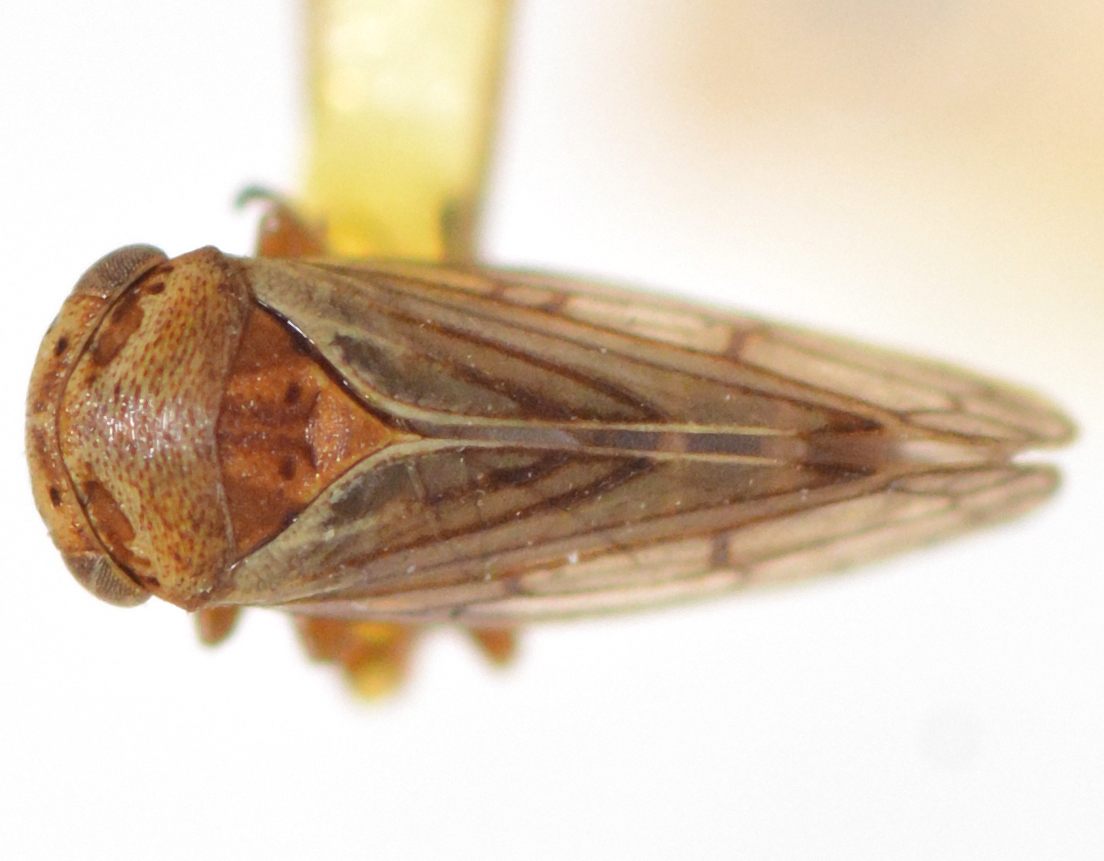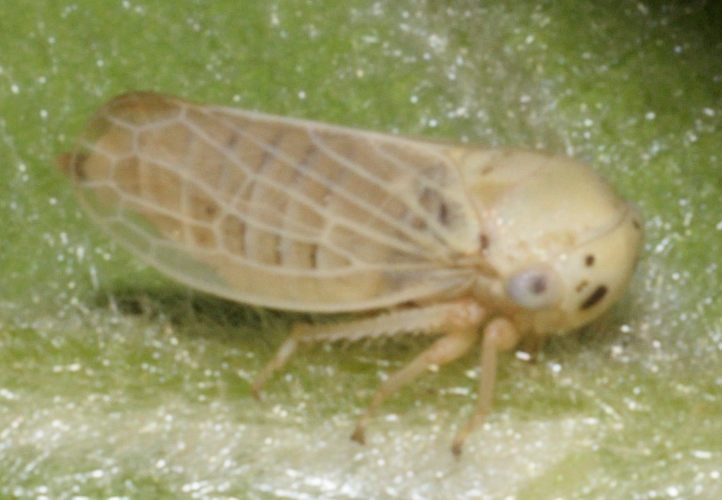| description |
Males are yellowish overall, with the legs and scutellum ferruginous. The lateral sides of the face are black, and there is a bold black mark on each side of the face near the upper margin. The pronotum is yellowish, marked with small fuscous spots. The wings are hyaline with dark, contrastingly infuscated venation (and resemble females of the most common color form). Females come in at least 5 color forms/phases, typical of members of Oncopsis. 52% of females are colored like the male, yellowish overall with clear wings that have infuscated veins; this is the most common color form, phase B. In the next common phase C, 22% of females are largely ferruginous with a predominantly yellow clavus (inner region of the wings). 18% of females, phae E, are quite pale, yellow overall with the only noticeable markings the 4 black spots on the face (the lower pair are comma-shaped). In phase A, 4% of females are blackish with black wings that have two pale "windows" (except for infuscated veins) near the tips and a pale window at the end of the commissure (inner edge of the wings) near the apex; the scutellum and pronotum are dark as well with black speckling. In phase D, 4% of females have a broad yellow longitudinal stripe extending from the head, down the pronotum and onto the scutellum (the whole stripe looks like a yellow arrow), with ferruginous coloration on either side of the stripe; the wings are partially ferruginous, partially yellowish. The female pregenital sternite is variable, either conical with a small, shallow notch on the posterior margin, or subquarate, or semicircular in shape lacking any notch. Adult males are 4.3-4.4 mm long, while females are 4.6-4.9 mm. The nymph of this species is unknown. (Hamilton 1983) |
Species Photo Gallery for Oncopsis deluda No Common Name |
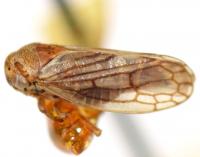 | Photo by: Kyle Kittelberger
Out Of State Co.
Comment: NCSU specimen; female | 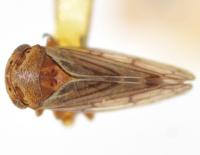 | Photo by: Kyle Kittelberger
Out Of State Co.
Comment: NCSU specimen; female |
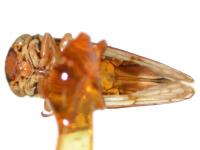 | Photo by: Kyle Kittelberger
Out Of State Co.
Comment: NCSU specimen; female | 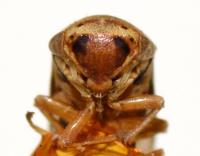 | Photo by: Kyle Kittelberger
Out Of State Co.
Comment: NCSU specimen; female |
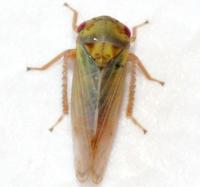 | Photo by: Kyle Kittelberger, Brian Bockhahn, Paul Scharf
Avery Co.
Comment: grassy and vegetated, shrubby habitat surrounded by forest; female |  | Photo by: Kyle Kittelberger, Brian Bockhahn, Paul Scharf
Avery Co.
Comment: grassy and vegetated, shrubby habitat surrounded by forest; female |
 | Photo by: Kyle Kittelberger, Brian Bockhahn, Paul Scharf
Avery Co.
Comment: grassy and vegetated, shrubby habitat surrounded by forest; female |  | Photo by: Scott Bolick
Forsyth Co.
Comment: |
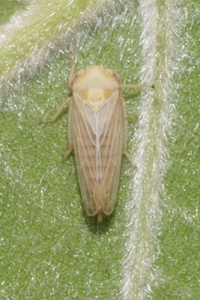 | Photo by: Scott Bolick
Forsyth Co.
Comment: |  | Photo by: Scott Bolick
Forsyth Co.
Comment: |
 | Photo by: Scott Bolick
Forsyth Co.
Comment: |  | Photo by: Scott Bolick
Forsyth Co.
Comment: |
 | Photo by: Scott Bolick
Forsyth Co.
Comment: |  | Photo by: Scott Bolick
Forsyth Co.
Comment: |
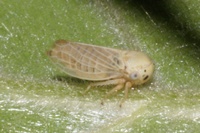 | Photo by: Scott Bolick
Forsyth Co.
Comment: |  | Photo by: Scott Bolick
Forsyth Co.
Comment: |
 | Photo by: Scott Bolick
Forsyth Co.
Comment: | 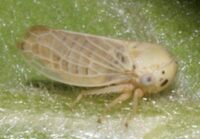 | Photo by: Scott Bolick
Forsyth Co.
Comment: |
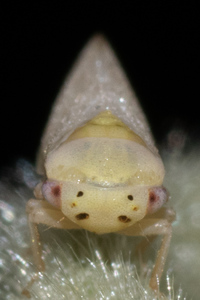 | Photo by: Scott Bolick
Forsyth Co.
Comment: | 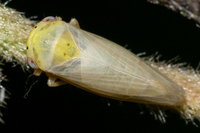 | Photo by: Scott Bolick
Forsyth Co.
Comment: |
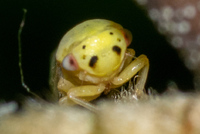 | Photo by: Scott Bolick
Forsyth Co.
Comment: | 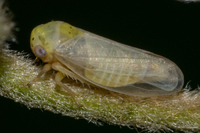 | Photo by: Scott Bolick
Forsyth Co.
Comment: |
 | Photo by: Scott Bolick
Forsyth Co.
Comment: | 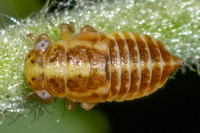 | Photo by: Scott Bolick
Forsyth Co.
Comment: |
 | Photo by: Scott Bolick
Forsyth Co.
Comment: |  | Photo by: Scott Bolick
Forsyth Co.
Comment: |
 | Photo by: Scott Bolick
Forsyth Co.
Comment: |  | Photo by: Scott Bolick
Forsyth Co.
Comment: |
|

 »
»
